“Courage, sacrifice, determination, commitment, toughness, heart, talent, guts. That’s what little girls are made of; the heck with sugar and spice.”– Bethany Hamilton
Arthrogryposis Multiplex Congenita. It’s a mouthful; most people shorten it to Arthrogryposis. Essentially, it means multiple joint contractures that affect two or more body areas. According to the Genetic and Rare Disease Information Center with the National Institutes of Health: “AMC is not a specific diagnosis, but rather a physical symptom that can be found in many different medical conditions. The signs and symptoms associated with AMC can, therefore, vary greatly in range and severity depending on the underlying condition.” This very basic clinical definition is pretty much all we could really get our heads around prior to bringing our daughter Sofia home from China eight months ago. The broad range of presentations for this condition and varied list of associated medical conditions was just too big to master.
We had limited medical information in her adoption file. Our plan was to just get her home and learn about her specific condition and unique needs from her medical team once here.
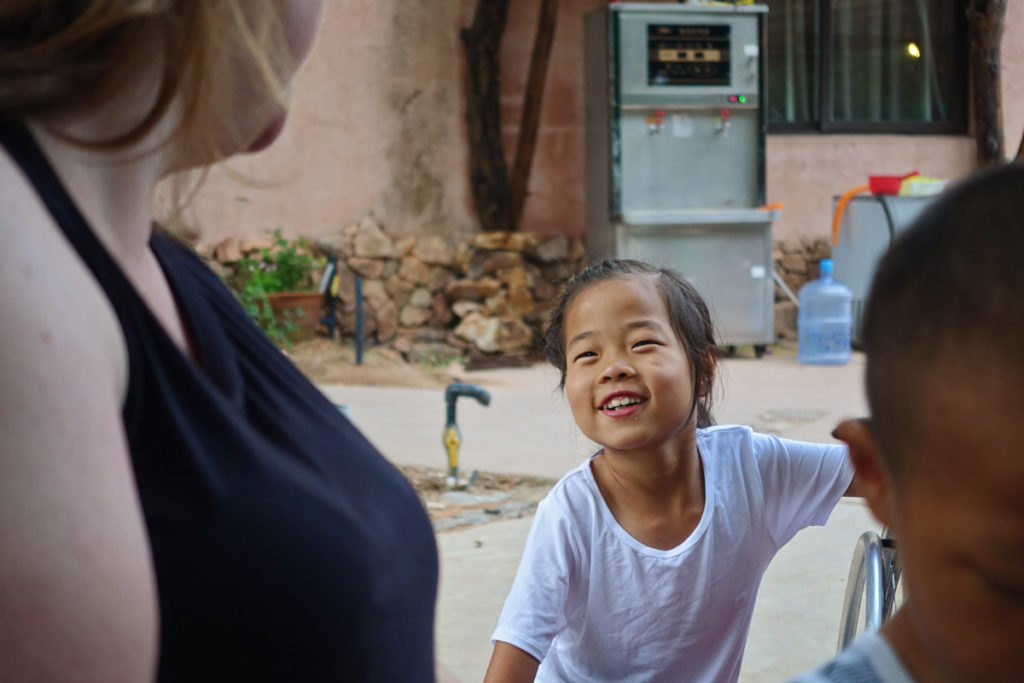
We were focused on one precious little girl with the sweetest little giggle and a mile-long ponytail. We had fallen in love with her when we met her on two previous adoption trips. She didn’t talk much when we met her in 2015 and again in 2016. She always stayed quietly nearby, sizing us up and occasionally dazzling us with the most brilliant smile.
She was typically on a wiggle cart (also called a plasma car), a little car that can be propelled forward when you rock side to side. We were told that she had difficulty self-propelling in a wheelchair due to weakness and limited mobility of her upper extremities. She appeared very independent and capable. Both of her legs were contracted and her knees were fixed in a bent position at about 90 degree angles.
We were told that she often expressed only one wish in life: to walk.
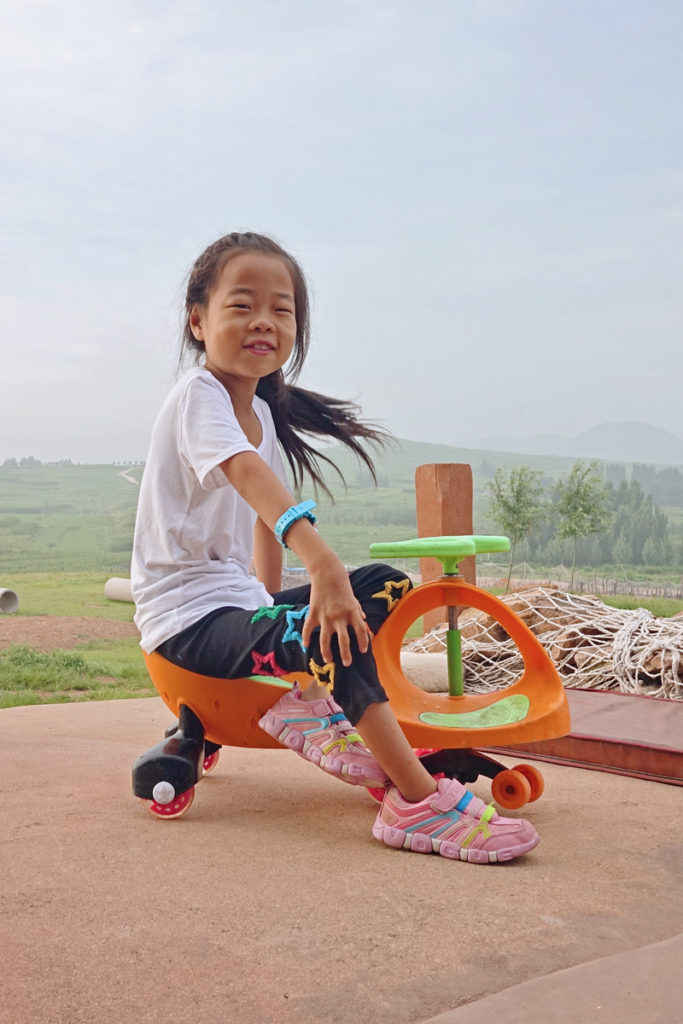
Once home, we took Sofia to the International Adoption Clinic at the Children’s Hospital of Philadelphia and to Shriner’s Hospitals for Children in Philadelphia. We learned that the type of Arthrogryposis she has is called Amyoplasia. Amyoplasia is the most common form of Arthrogryposis and is characterized by a lack of muscle development at birth coupled with joint contractures and joint deformities.
At CHOP, Sofia trialed a really cool device called the WREX Arm. It’s an exoskeleton that supports her arm when she moves, thus improving her range of motion and functional ability. We also found out that she has really good hand position and functionality in both upper limbs. She can write, feed herself and manage many self care tasks that are difficult for others with AMC. Sofia would not need surgery on her upper extremities and could achieve improved functionality with therapy and adaptive equipment. This was great news.
Sofia was seen by PT, OT and the seating clinic at Shriners. They lent her a wheelchair that fit like a glove and we discovered that she could, in fact, self-propel with a well made, lightweight and custom fitted chair. We also met with her surgeon at Shriners to discuss options for her legs.
Sofia was ten years old at adoption. She was well beyond the age of serial casting. Her options were to leave her legs as is and utilize therapy modalities to gain maximum functional ability or explore surgical options. Surgical options were presented to us and we all agreed that we needed a few months to think it over. The process to straighten her legs was going to be a big undertaking and we needed to prepare. Most importantly, Sofia needed to make a choice for her life and her body and prepare to follow through. There was much to consider. Surgery would be painful. The process is lengthy. The team would focus on one leg at a time. Learning to walk would be difficult and preventing her legs from contracting again would be a life long endeavor.

My husband and I respect the fact that this is a huge commitment for our very little, very determined girl and we did not feel it appropriate to impose our will on her. Sofia would be the one to endure the procedures and the pain. Sofia would be the one to put in the hard work and Sofia would be the one to decide if surgery was right for her. It did not take long.
A few days after meeting all of Sofia’s doctors, she came downstairs early in the morning. She and I were the only ones awake. She lay her head in my lap and said, “What would you do if your only dream was to walk but you were scared?” I asked her what she was afraid of. She said she was afraid of pain and she felt like it was too much to think about; she didn’t realize there were so many steps to the process and she thought it would be easier. We discussed pain management and how we would make changes around the house and in her life to adapt to her needs. I promised we would support her and get whatever she needed to make the process manageable. I taught her about pain scales and how we medicate when pain is low to prevent it from getting high. She liked this concrete information.
Then, I asked her what was bigger, her fear or her dream? She contemplated the question for a while. A few silent tears fell. She wiped her tears away quickly and told me it was her dream that was bigger and she could conquer her fears. She decided to move forward with surgery.
A few months later we returned to Shriners for our follow up appointment and started working on her plan.
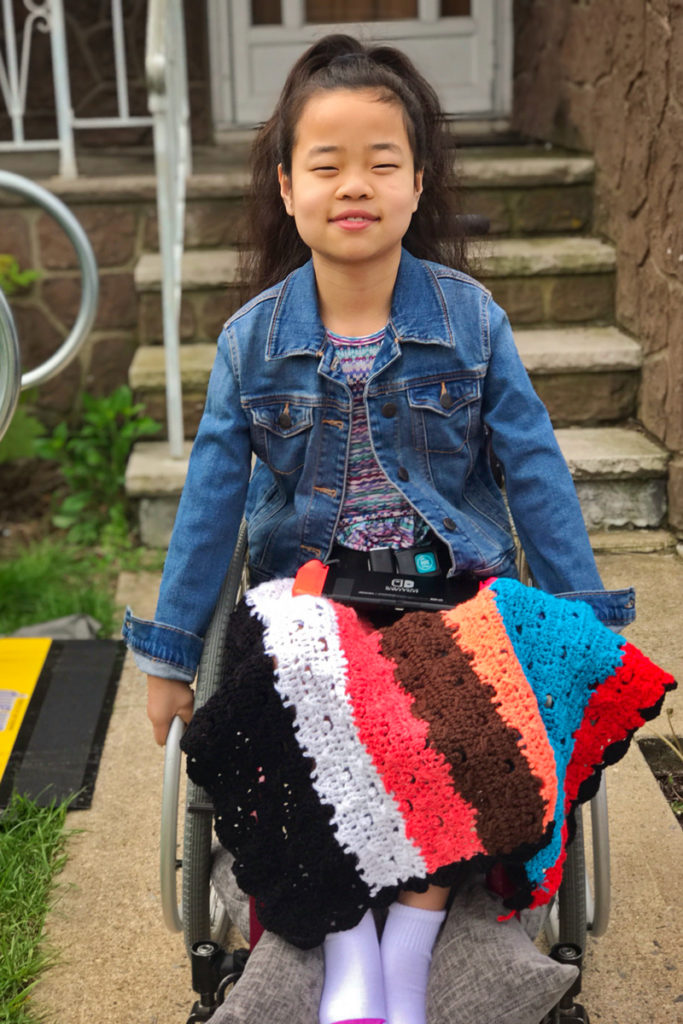
On April 29th Sofia had surgery to begin the process of straightening her left leg. Her surgeon at Shriners released her left knee contracture and applied an external fixator to her left leg. She stayed in the hospital for four days. At home, we clean the external fixator pin sites twice a day. We turn the screw on the fixator four times per day to straighten her leg slowly. Once straightened, the fixator will stay on her leg for a period to hold position and then it will be removed and a full leg cast will be applied and left on for about a month. After the cast is removed she will receive a leg brace for her left leg and we will begin the straightening process with her right leg.
Sofia is stoic and serious about her recovery. She wants to do everything right and she insists on performing as much of the care herself as possible. She can turn the screw and does meticulous pin care independently.
Some days are harder than others. Some days movement feels slow, legs get bumped and anxiety is high. On those days we repeat this conversation:
“Sofia, why are we doing this?”
“To make my dream to walk come true.”
“Does it hurt sometimes?”
“Yes.”
“Is it a little scary?”
“Yes.”
“Is it hard?”
Tears fall. Hers and mine. “Yes.”
“Are you doing it anyway?”
“Yes.”
“Sofia, you’re so brave.”
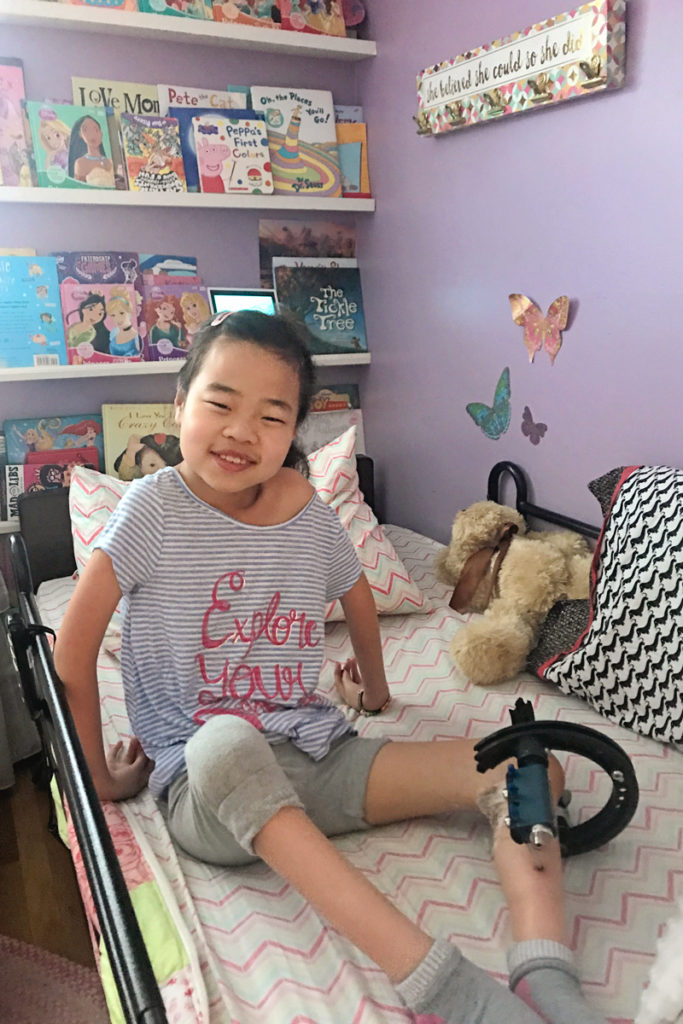
In eight months, this precious soul left everyone and everything she knew to call a loud, messy bunch of strangers her family. She trusted us to take care of her, help her, teach her and to get her what she needs to make her one and only dream in life come true. How huge is that?
Sofia has the heart of a warrior and we are deeply privileged to stand by and support her on her journey.
– guest post by Holly (emory.holly@gmail.com)

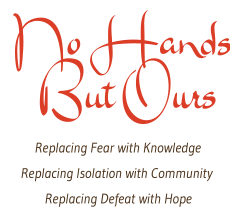

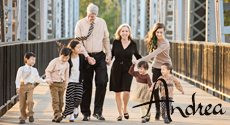
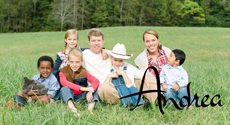
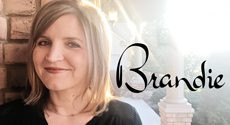
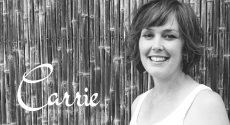
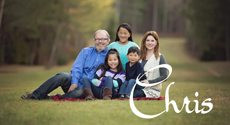
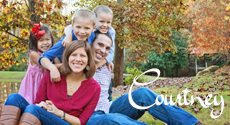
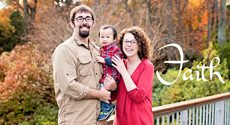
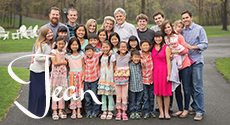
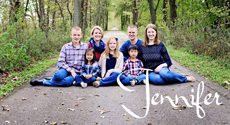
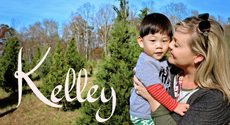
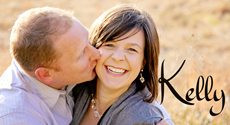
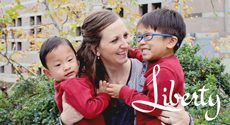
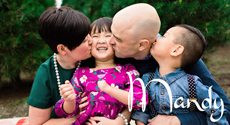
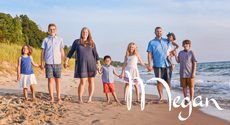
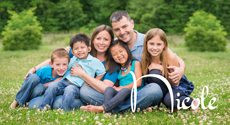
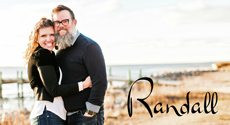
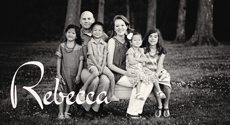
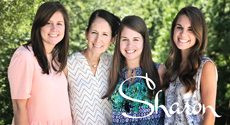
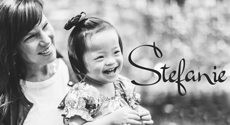
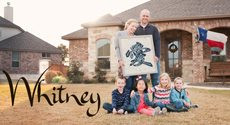
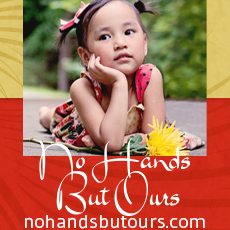

Oh, my sweet friend. I love you and your precious Sofia! She is so brave to choose her dream over the fear. She is such a blessing.
Tell her not to give up and Mama keep us posted on your precious girl. We adopted 4 from China, but are soon going to get surgery on 2 of our kiddos. Scary, Yes…but these kids are so worth it! We still would love to adopt again….because kids are a blessing! Love your story!!!!
You are doing so awesome Sofia – One almost down, one to go… You got this !
Beautiful story, praying for all of you. Hope you will update again.
God bless
She’s beautiful my baby has arthogryposis as well! Her name is Caelene but I love to call her Lena! She’s the most positive,kindhearted,beautiful Child I have ever came across In my eyes! So is your daughter! Their spirits defeat the negative! Prayers to your
family! Xo